Crafting an Effective Value Proposition: 8 Winning Examples (2026)
Discover the secret weapon of successful businesses - a compelling value proposition. Think of it as a business’s North Star, guiding customers through the labyrinth of the marketplace towards their product or service.
Your companies value proposition distills the unique blend of benefits and features that sets a business apart from its competition, a beacon that signals, “Here’s why you should choose us!”
Yet, a study shows that only 64% of businesses have developed their value propositions. Are you part of the 36% that haven’t? Or perhaps you’re wondering how to refine your existing one?
This guide will equip you with the understanding and tools necessary to craft a value proposition that not only resonates with your customers but also gives you a competitive edge.
What you will learn in this post:
-
Understand your target audience and company values to craft a value proposition that accurately reflects the soul of your business, and value delivered to customers.
-
Utilize visual tools like value proposition canvas and customer profile to differentiate from competitors, showcase capabilities, identify customer needs, wants and pain points.
-
Review 8 winning proposition examples in various industries for inspiration & regularly test & refine value propositions for relevance & effectiveness.
Understanding the Value Proposition
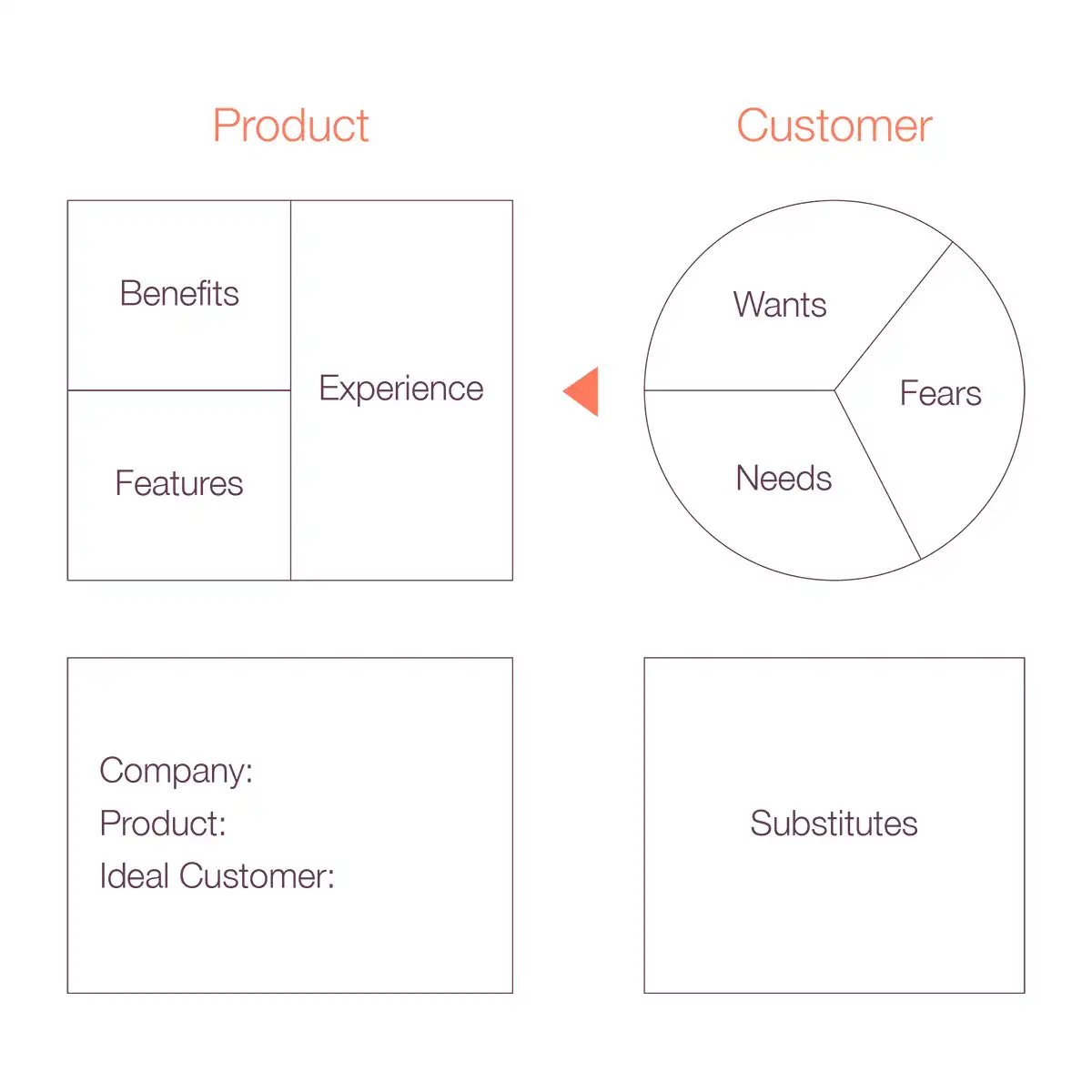
A value proposition is the heartbeat of a business. A top proposition expresses a simple sentence with a clear headline with exact words outlining how the value your company brings to the table addresses pain relievers for customers.
It offers a brief overview of a company's identity, fundamental values, strengths, and distinguishing attributes. Learn about it how its unique selling proposition encompasses not only the products or services it provides but also the distinct manner in which they are delivered.
Your companies value prop is about painting a picture of your own company's product that resonates with your target audience and leaves an indelible mark in their minds.
But why is a value proposition so essential? Imagine a customer standing at a crossroads, your product or service on one side and your competitors on the other. Your value proposition is the signpost that directs them towards you.
It provides a comprehensive understanding of the target market’s requirements, desires, and apprehensions, and how your product or service can address them.
The journey towards a compelling value proposition begins with understanding your target audience, identifying your company values, and pinpointing what makes you unique. It’s the compass that guides your marketing efforts and forms the foundation of your business strategy.
So why not embark on this journey and craft a value proposition that truly reflects the soul of your business?
Key Components of a Great Value Proposition
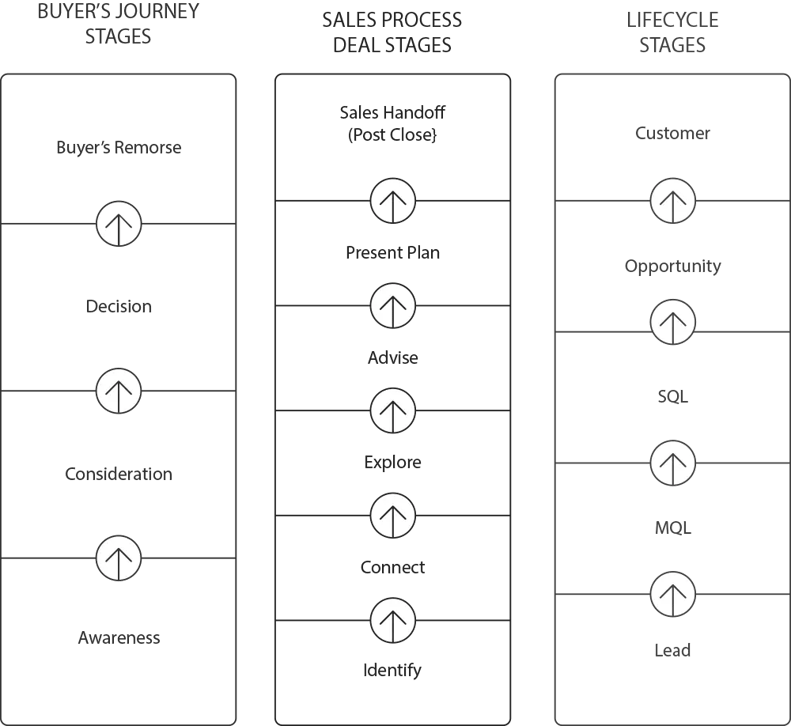
Crafting a great value proposition is like creating a masterpiece. It requires some essential elements, each playing a crucial role in the final outcome. At its core, an effective value proposition should be clear, concise, customer-oriented, and emphasize distinct advantages and solutions.
In fact, the best value propositions often possess these qualities, which is hard to realize until your company starts to test your value proposition in net new sales conversations
Clarity is the canvas upon which your masterpiece is created. It helps communicate the message effectively to the target customer, ensuring that they understand exactly what you offer and why it’s valuable. A value proposition should be concise, ideally expressed in two to three sentences.
Think of it as a tweet that encapsulates the essence of your business.
A customer-centric approach is the paint that brings your canvas to life. It ensures that your value proposition is based on how customers perceive the value of the products and services offered. Lastly, highlighting specific points of differentiation is the finishing touch.
It assists potential customers in understanding what makes a company distinct from its rivals. It’s about showcasing your unique selling points, creating an image that lingers in the minds of your customers.
The Value Proposition Canvas
Now that we’ve understood what a value proposition is and its key components, let’s dive into a tool that can help you craft one - the Value Proposition Canvas.
This is a visual tool designed to assist businesses in aligning their offering with the needs of their ideal customer profile, effectively creating a whole proposition makes a strong value prop. It comprises seven areas of exploration, each offering a unique perspective on your offering.
Let’s break it down into its three main components: Customer Profile, Value Map, and Assessing the Fit.
Customer Profile
Our exploration of the Value Proposition Canvas starts with the Customer Profile. This is an essential step as it outlines customer preferences and behavior. This is where we delve into the minds of our target customers or audience.
Effective customer profiles are all about understanding their needs, wants, and pain points, the tasks or problems that they seek to address through the utilization of a product or service. This is the customer’s job, the reason they are looking for a solution.
The Customer Profile also identifies the customer’s pain points - the negative experiences, risks, or emotions they may face while trying to fulfill their job. It’s important to take into account customer pains, their emotional drivers, rational motivators, and undesired outcomes.
By gaining a deep understanding of the customer’s wants, needs, and fears, you can craft a value proposition that truly resonates with them.
Value Map
The next step in our journey is the Value Map. This tool outlines the distinctive advantages and attributes of your offering. It’s like a treasure map, guiding you towards the unique benefits that your offering can provide.
These benefits, known as gain creators, are the key features, that provide customer gains and satisfaction. This is where you can get competitive advantage and truly differentiate yourself from the competition.
In essence, the Value Map is the reflection of your business’s capabilities. It’s about showcasing what you can offer to the customers, how your products and services can enhance their lives, and how you can solve their problems. It’s about painting a vivid picture of the many value propositions that you bring to the table.
Assessing the Fit
The final step in our journey through the Value Proposition Canvas is Assessing the Fit. This is where we ensure that our value proposition addresses customer needs and provides an edge over competitors.
It’s about making sure that the puzzle pieces fit together perfectly, that our offering aligns with what our customers want and need.
Assessing the Fit also involves ranking your products and services according to their alignment with the customer profile. This can help you prioritize your offerings and marketing strategies to ensure that you’re focusing on the ones that provide the most value to your customers.
After all, a value proposition is only effective if it resonates with your target audience.
Crafting Your Unique Value Proposition
Now that we’ve explored the Value Proposition Canvas, it’s time to get our hands dirty and start crafting our unique value proposition. This isn’t just about using catchy slogans and putting together a catchy slogan or a marketing tagline.
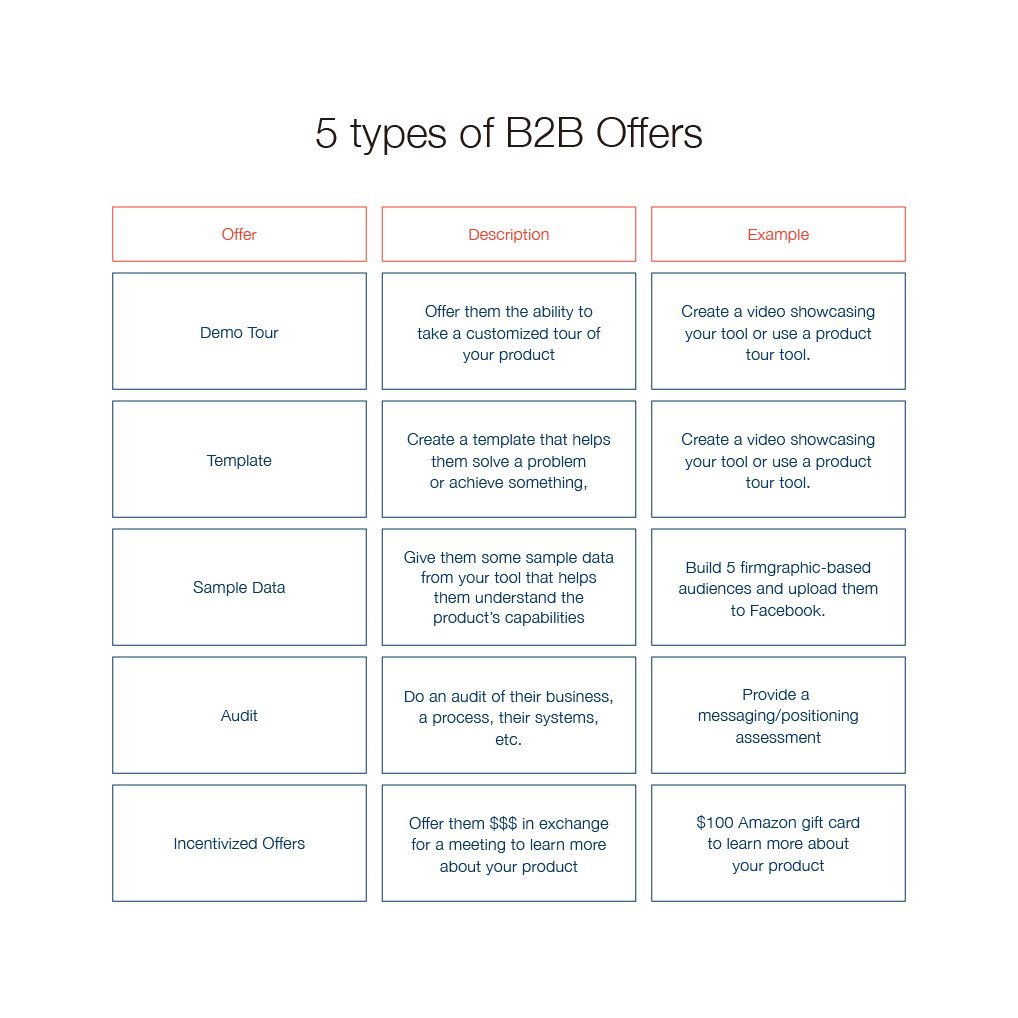
The objective is geared towards creating a whole positioning statement, that powerfully conveys the unique benefits and solutions that your product or service offers.
This process begins with researching your target audience. It’s about delving deep into their needs, aspirations, challenges, buying behaviors, and purchasing habits.
Once you’ve collected this data, the next step is to analyze your competitors. Identify the key differences in your offerings and recognize the advantages your product or service can provide that set you apart from them.
But crafting a unique value proposition isn’t a one-time task. It’s an ongoing process that involves incorporating the customer’s voice, ensuring that there’s no discrepancy between what is stated and what is understood.
Remember, a unique value proposition can provide a competitive advantage, but only if it resonates with your niche customers within your companies total addressable market.
Winning Value Proposition Examples
To help you understand and apply the principles we’ve discussed so far, let’s look at some of the best value proposition examples from real-world companies, as well as other value proposition canvas examples.
These are eight companies from different industries, each with a winning value proposition that effectively communicates their unique benefits and solutions.
Let’s see what lessons we can learn from these best-in-class proposition examples.
Example 1: Tesla

Tesla stands out in the automotive industry with its focus on electric vehicles and clean energy. This approach is distinct in a field typically ruled by conventional fuel-powered cars. The core of Tesla's appeal lies in its dedication to pioneering innovations, promoting sustainability, and delivering unmatched performance.
The company's value proposition is a succinct yet powerful declaration of its goal: to hasten the global shift towards sustainable energy.
More than just a manufacturer of electric vehicles, Tesla represents a response to the urgent challenge of climate change. This message has a strong appeal to consumers who are conscious about the environment, enabling Tesla to establish a distinct niche in the competitive automobile sector.
Example 2: Amazon Prime
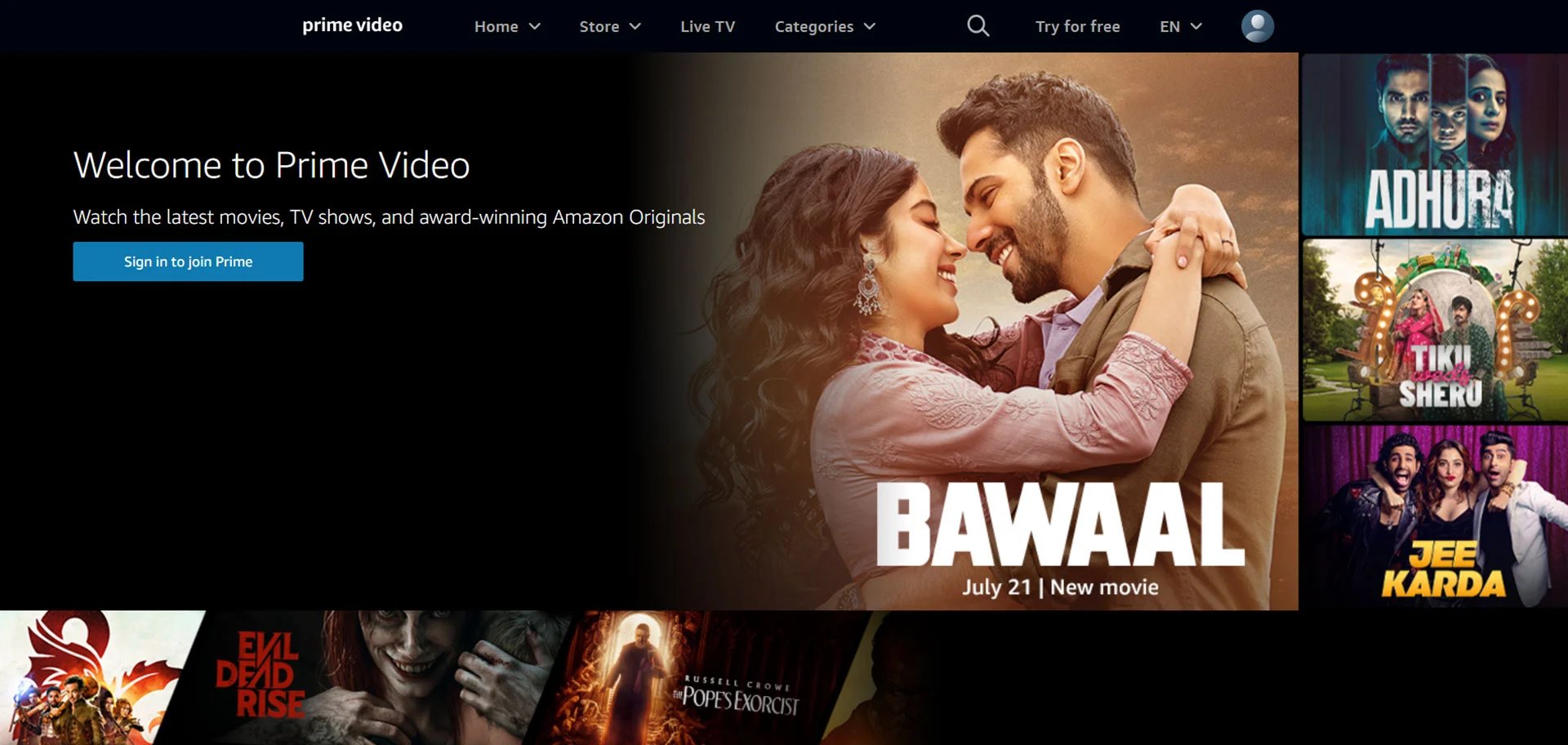
Amazon Prime, a subscription service offered by the e-commerce giant Amazon, focuses its value proposition on swift delivery, competitive prices, and an extensive selection of products and services. It offers the convenience of shopping from the comfort of your home with the added benefit of fast shipping and exclusive content.
In an online marketplace crowded with retailers, Amazon Prime differentiates itself by providing a seamless shopping experience. From same-day delivery in certain areas to exclusive access to movies, TV shows, music, books, and other content, Amazon Prime’s value proposition caters to the diverse needs of its subscribers.
It’s not just about marketing campaigns selling products; it’s about customer jobs and providing products and services customers need, as well as services customers can rely on to enhance their lifestyle.
Example 3: Spotify
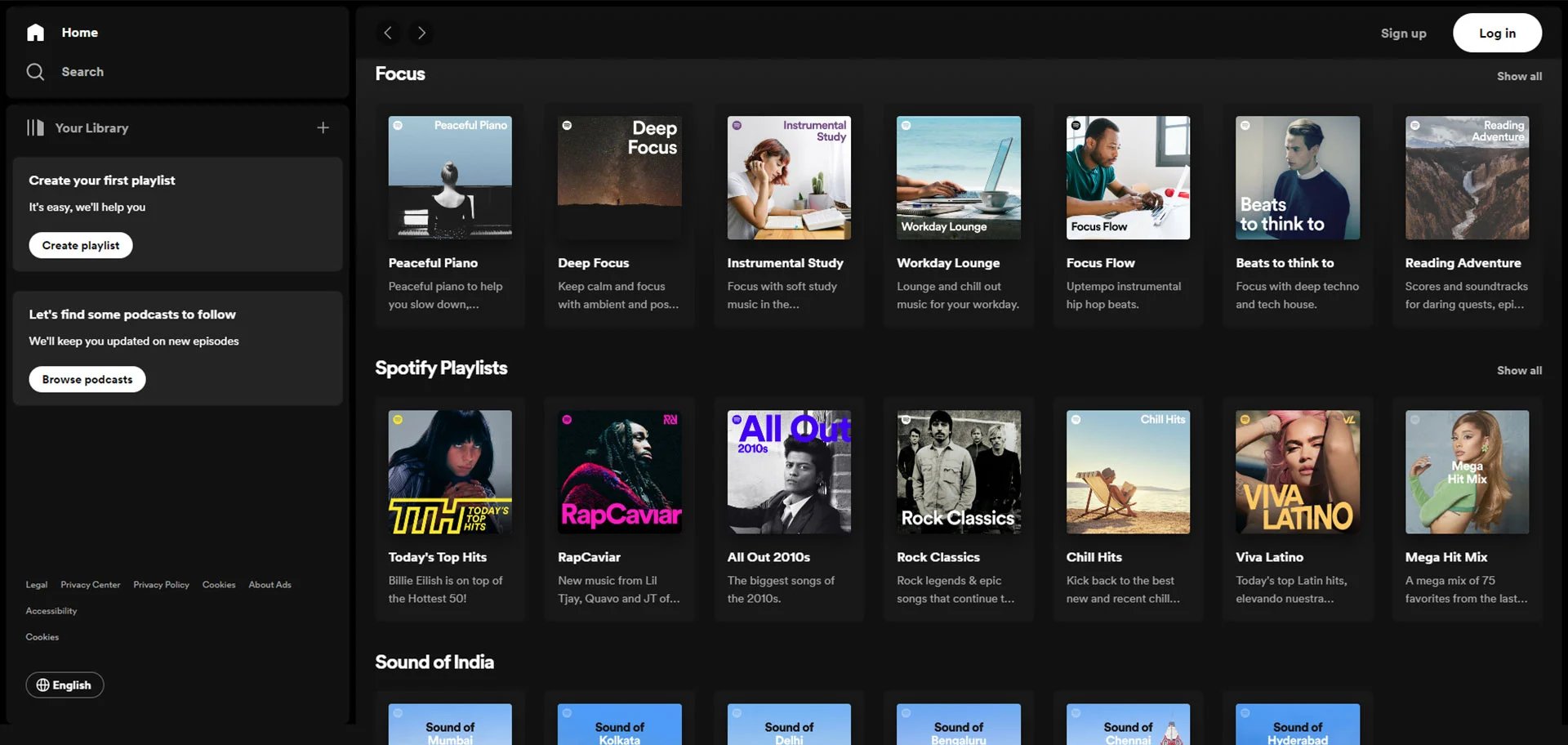
In the world of music streaming services, Spotify stands out with its value proposition of providing personalized music streaming experiences and an extensive library of songs and podcasts. It’s not just about offering access to music; it’s about curating a unique listening experience for each user.
Spotify’s value proposition is centered around accessibility, customization, and performance. It provides a comprehensive library of songs, personalized playlists, and a user-friendly interface to ensure a unique music streaming experience for its users. It’s about understanding the listener’s tastes, moods, and preferences, and delivering a service that resonates with them.
Example 4: Mailchimp
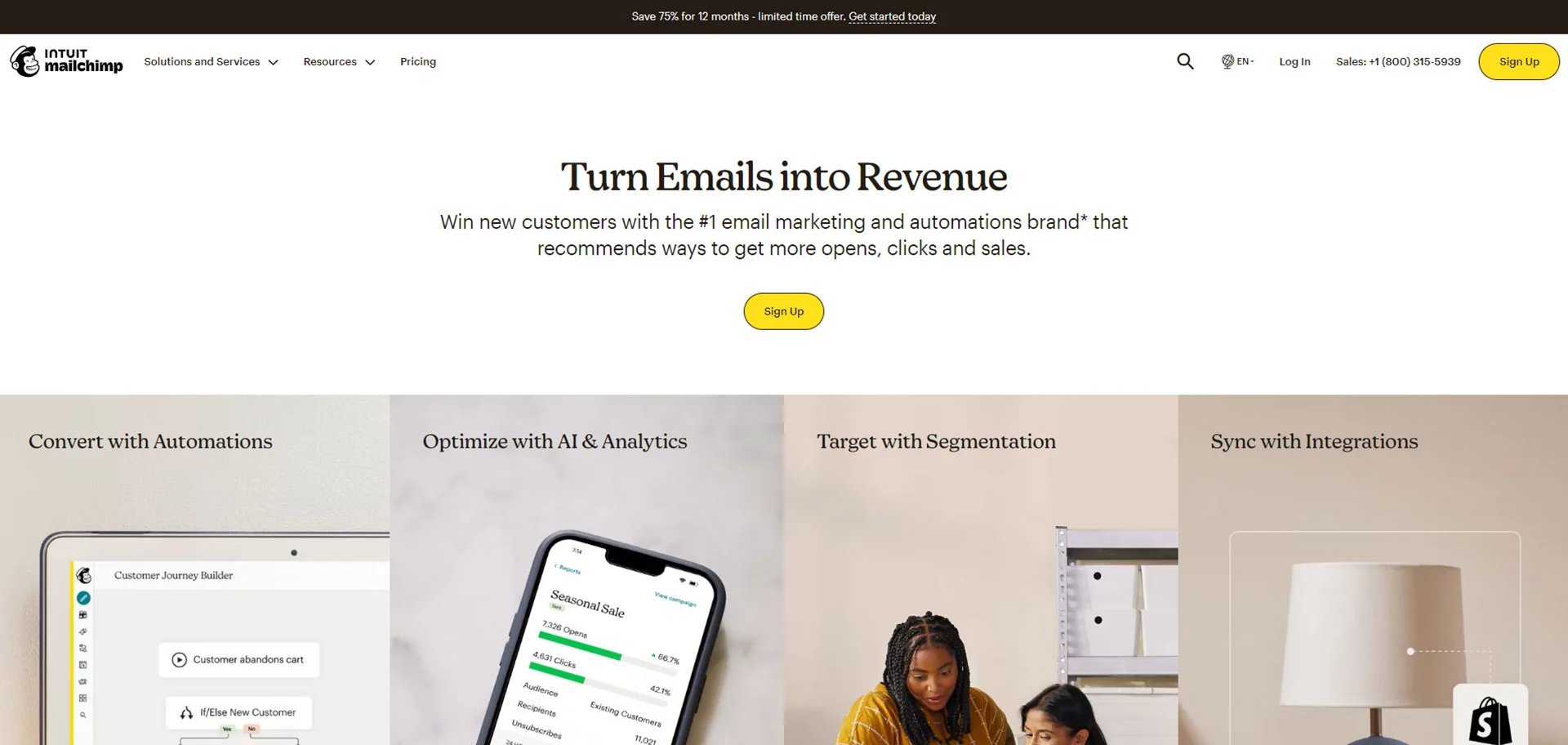
Mailchimp, a marketing automation platform and an email marketing service, has a strong value proposition, that revolves around convenience, accessibility, and risk reduction. It offers a simple to use platform with email templates and collaboration options such as multi-user accounts, making it an attractive choice for businesses of all sizes.
By assisting customers in understanding how to craft more compelling emails, Mailchimp assists users in strengthening relationships and increasing revenue. This focus on customer success is a key component of their value proposition, demonstrating their commitment to helping customers succeed.
Example 5: Peloton
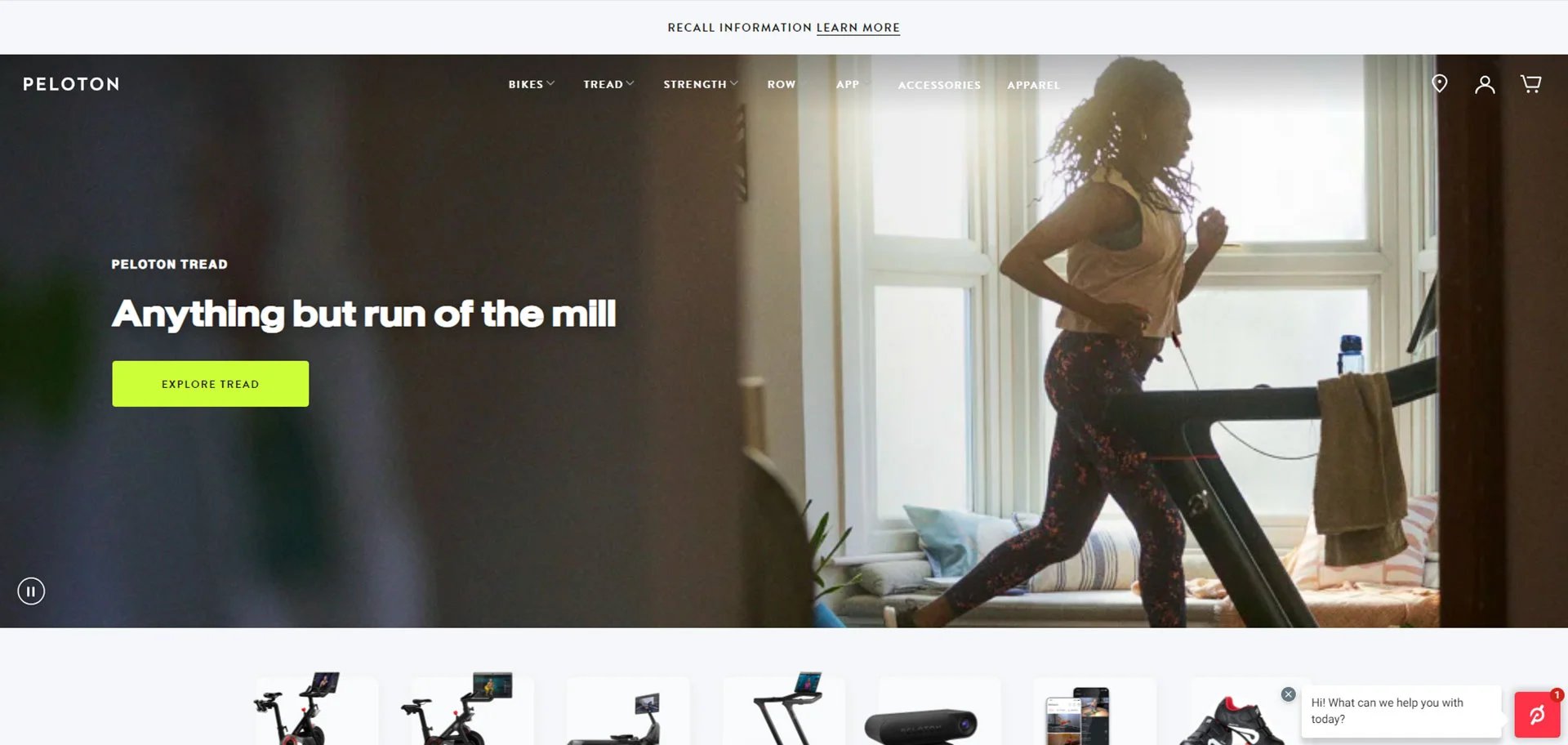
Peloton, a fitness technology company, strives to provide its members with an accessible and affordable fitness program, while bringing the convenience of boutique fitness classes into people’s homes. Its value proposition is about offering a unique at-home fitness experience that includes both live and on-demand classes.
In addition to its innovative fitness technology, Peloton fosters a sense of community among its users. It encourages users to engage with one another through their classes, thus fostering a sense of community and motivation. This holistic approach to fitness sets Peloton apart from other fitness technology companies.
Example 6: Warby Parker
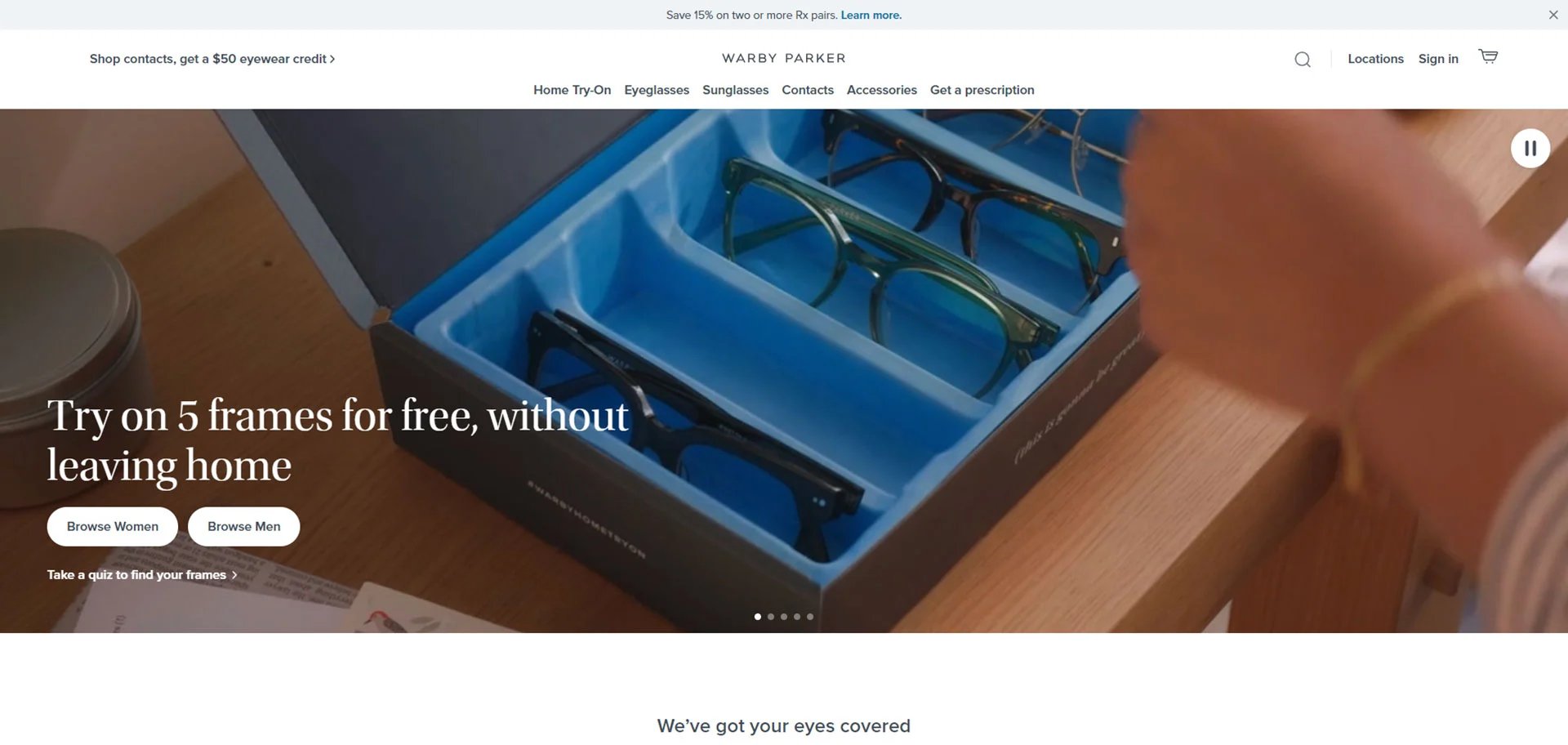
Warby Parker, a digital-first retailer specializing in prescription glasses and sunglasses, distinguishes itself with a value proposition that emphasizes trendy, high-quality eyewear at reasonable prices. This approach challenges the conventional eyewear market by engaging in direct-to-consumer sales, which enables them to maintain competitive pricing.
Beyond its budget-friendly offerings, Warby Parker also prioritizes making a meaningful impact globally through various philanthropic initiatives. A hallmark of their social commitment is the "buy one, give one" model: for every pair of glasses sold, a pair is donated to someone in need. This dedication to social responsibility is a fundamental aspect of their business ethos, illustrating that their mission extends beyond merely selling eyewear to fostering positive change.
Example 7: Dollar Shave Club
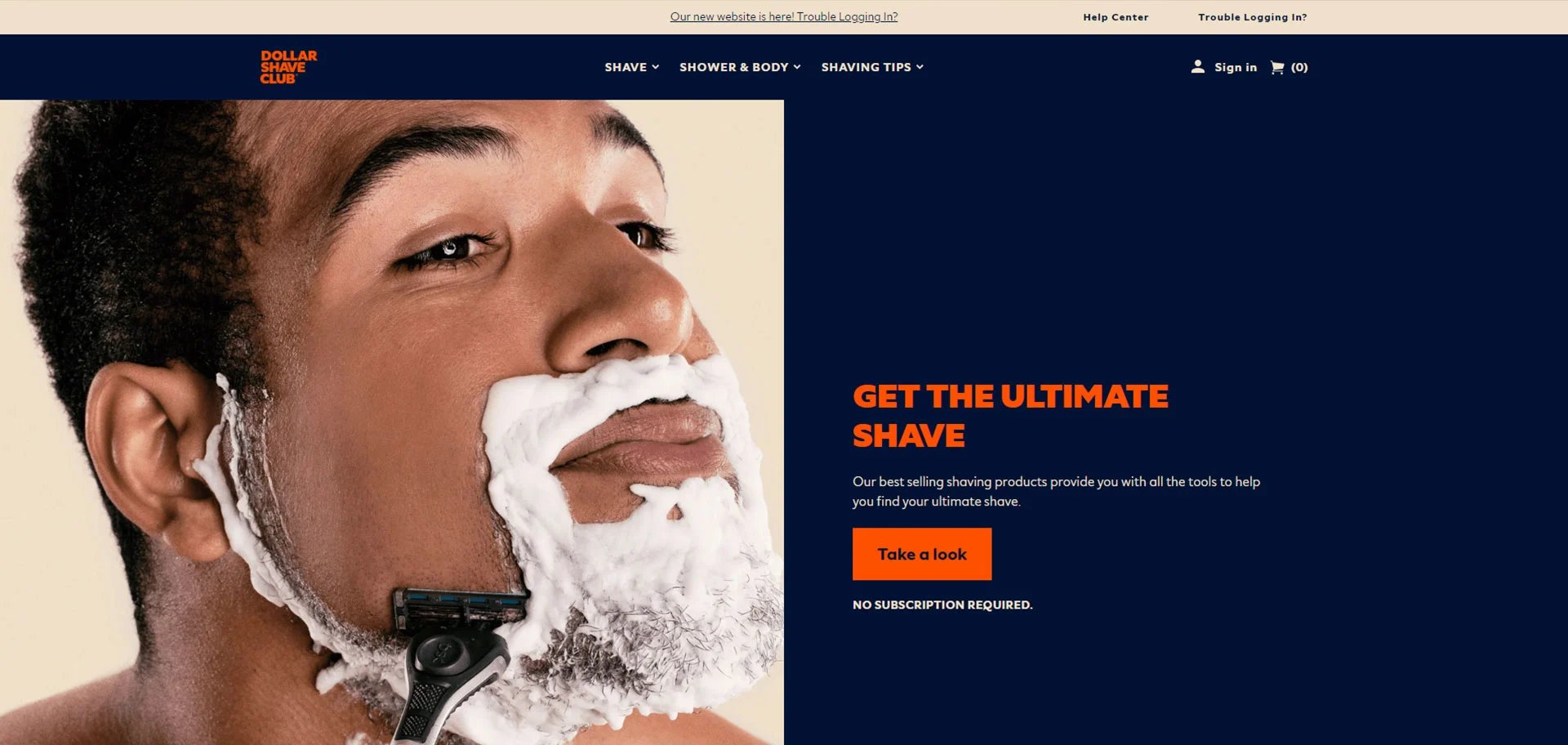
Dollar Shave Club, a company that delivers razors and other grooming products by mail, has a value proposition that focuses on delivering high-quality products at an economical price, along with the convenience of doorstep delivery.
It’s about making the time consuming task of buying razors and grooming products as easy and hassle-free as possible.
In addition to its affordable pricing and convenient delivery, Dollar Shave Club also offers a subscription model. Customers can enjoy the convenience of having their products delivered directly to their doorstep on a regular basis. This commitment to customer convenience sets Dollar Shave Club apart from traditional retailers.
Example 8: Zoom
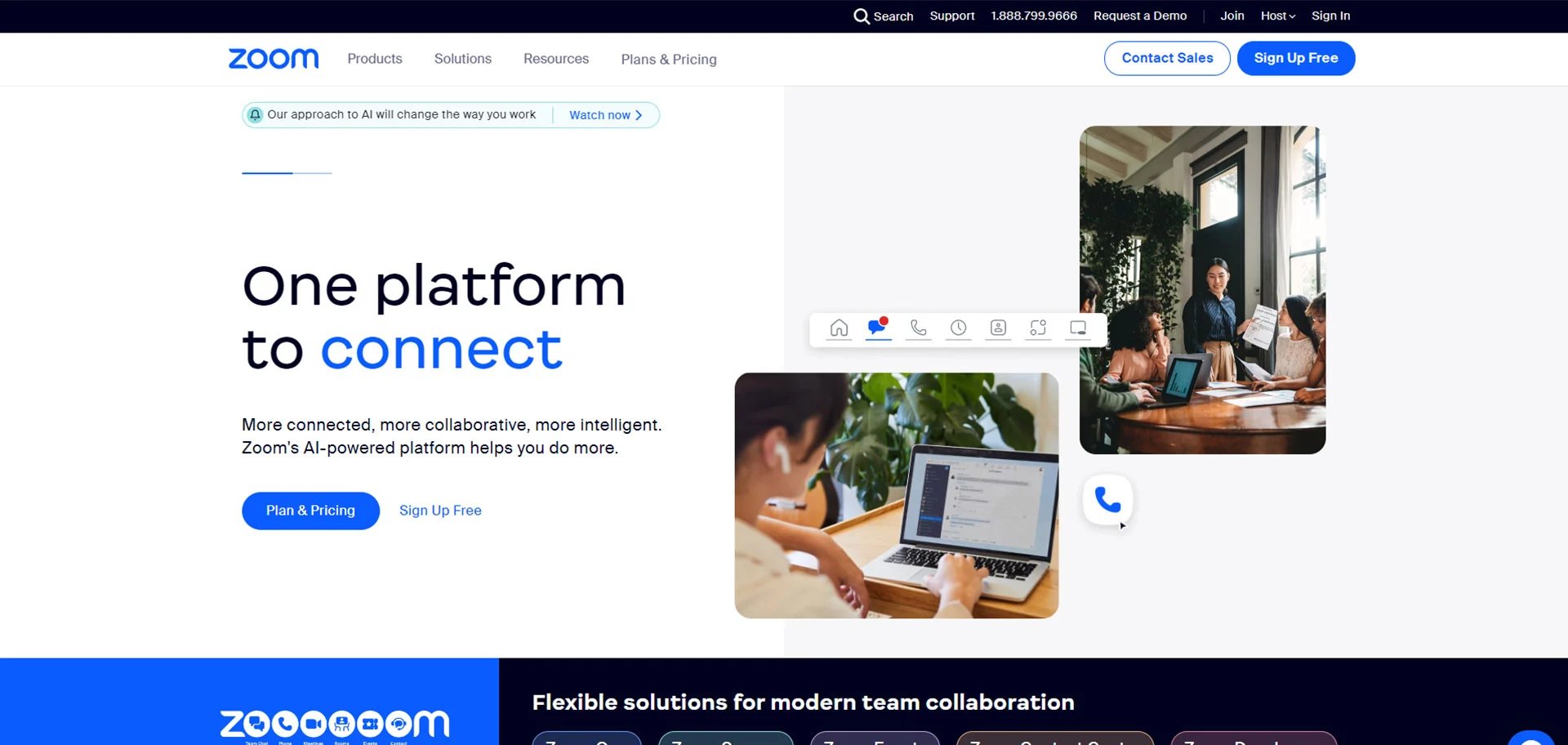
Zoom, a video conferencing software company, offers a dependable and superior video conferencing platform with user-friendly features, cross-platform integrations, and adjustable pricing plans tailored to individuals, small businesses, and large enterprises.
It's value proposition revolves around maximizing the potential of its users by providing a reliable and efficient communication solution.
In a market saturated with communication tools, Zoom differentiates itself by addressing common pain points such as inconsistent experiences, difficult platforms, and hidden pricing.
This approach provides a versatile and reliable solution that caters to the diverse needs of its users, from individuals to large enterprises. This focus on user experience is a key component of Zoom’s value proposition, demonstrating their commitment to delivering the right value proposition to their users.
Testing and Refining Your Value Proposition
Once you’ve crafted your value proposition, the journey isn’t over. It’s important to continuously test and refine it to ensure its relevance and effectiveness.
After all, your value proposition is not set in stone. It should evolve as your business grows, as market conditions change, and as you gain a deeper understanding of your customers.
There are multiple approaches available for assessing your company's value proposition and gauging its efficacy. These methods encompass the five-second test, in which you assess whether individuals can swiftly grasp your website's value proposition and answer inquiries following just five seconds of exposure. Additionally, there is message testing, which involves presenting your product page's value proposition to the target audience to evaluate their perception.
For those tackling academic projects, an APA essay writer can also provide clarity and precision in communicating value through structured content.
Tools such as UserTesting and Wynter can streamline the feedback process for assessing the effectiveness of your company's compelling value proposition.
Unique Value Proposition Summary
In this journey through the world of value propositions, we’ve explored what a value proposition is, its key components, how to craft one using the Value Proposition Canvas, and some real-world examples of winning value propositions.
We have observed the ability of a compelling value proposition to distinguish a business from its competitors and strike a chord with its intended audience. Also, we've stressed the significance of continually assessing and improving your value proposition to maintain its relevance and impact.
As you commence the process of creating your unique value proposition, keep in mind that it extends beyond being merely a catchy slogan or a marketing tagline.
It’s the heartbeat of your business, the unique blend of benefits and features that sets you apart from the competition, and the beacon that signals to your customers, “Here’s why you should choose us!
Frequently Asked Questions
What are the 3 elements of a successful value proposition?
A successful value proposition should offer customers a unique solution, demonstrate tangible benefits, and showcase a clear understanding of customer needs.
To tailor your value proposition effectively to the customer's specific needs and offer the ideal customer a compelling reason to select your product or service over the competition, it must also be readily comprehensible and straightforward to communicate, enabling customers to swiftly grasp the underlying concepts.
What is a good value proposition?
A good value proposition articulates why a customer should invest their time and finances into a company, how the company will solve a problem for them and what unique offering the business offers or specific benefits it has to offer compared to competitors.
It also demonstrates how it can fulfill a need that no other company is able to fill.
What is value proposition with an example?
DuckDuckGo’s value proposition is protecting users’ personal information while Death Wish Coffee offers its customers “the world’s strongest coffee”. These offerings set them apart from their competitors and create a strong, memorable impression.
Both companies have found success by offering something unique that resonates with their target audience. DuckDuckGo has become a popular search engine for those who value privacy, while Death Wish Coffee has become a go-to for those who value privacy.
What is the Value Proposition Canvas?
The Value Proposition Canvas is a visual tool that helps businesses align their products and services with customer needs. It’s a simple yet powerful way to identify what customers really want.
How can I test and refine my value proposition?
Test and refine your value proposition using five-second tests and message testing tools such as UserTesting and Wynter. Utilize the feedback process to evaluate the effectiveness of your value proposition.


